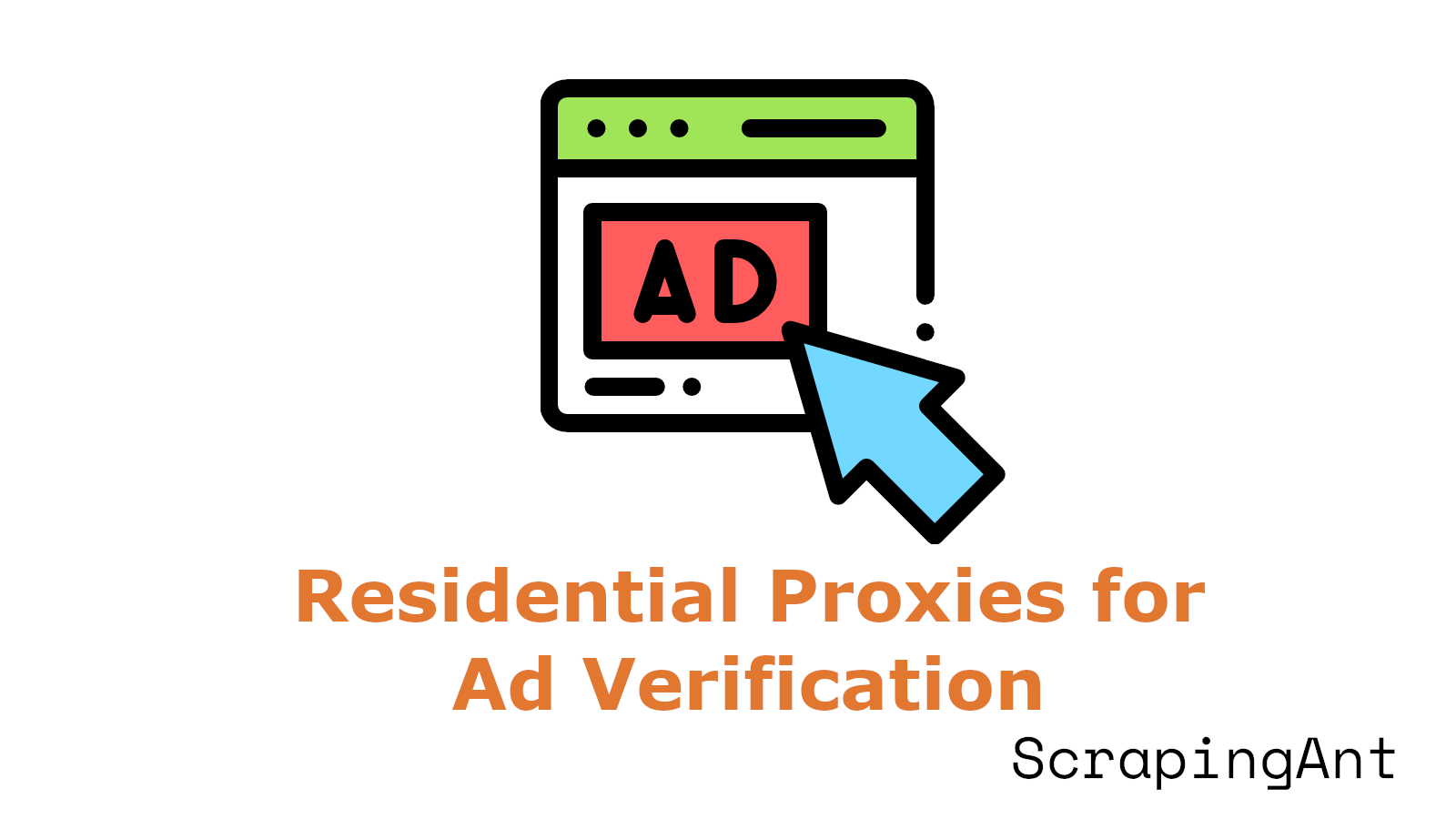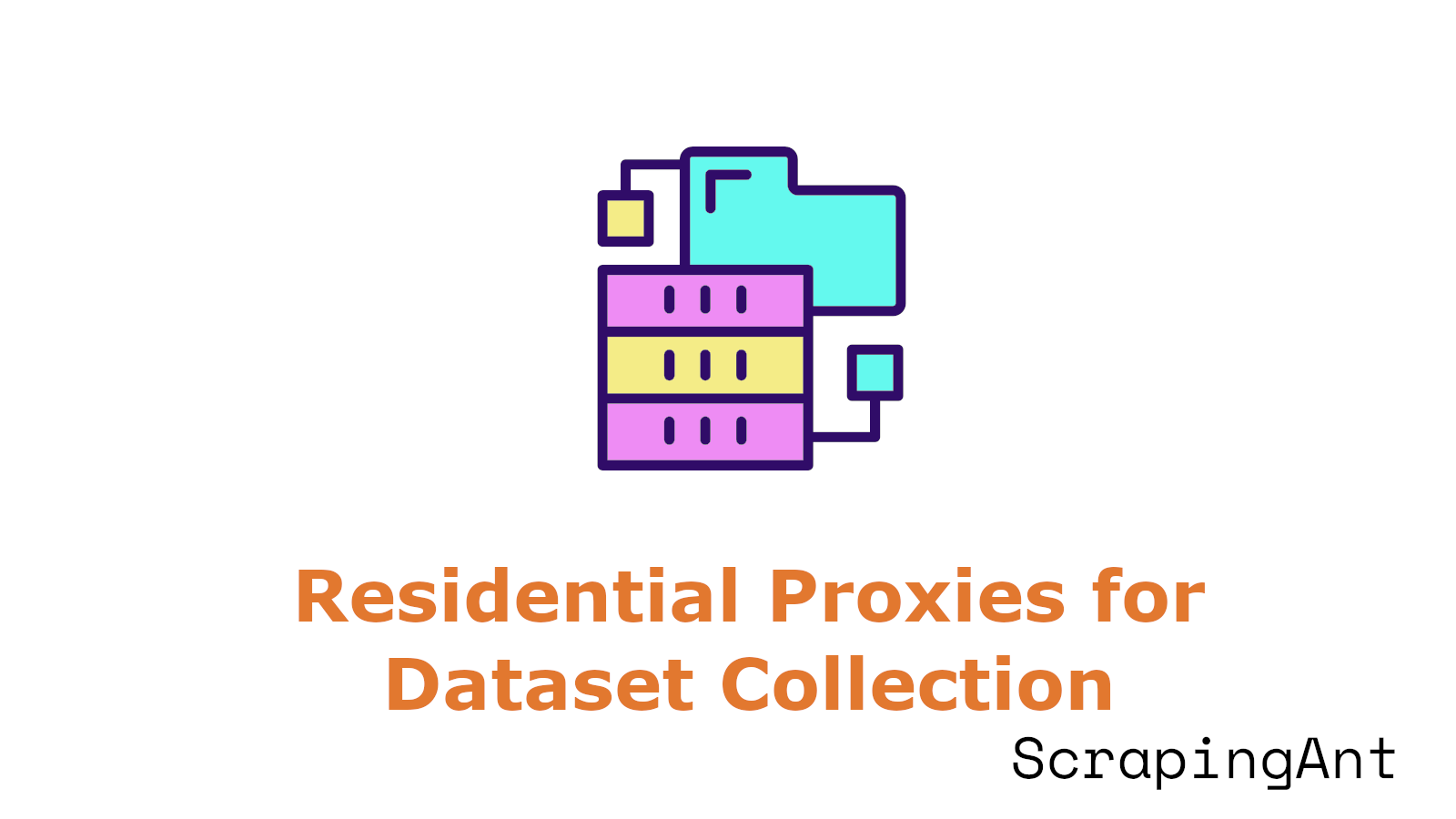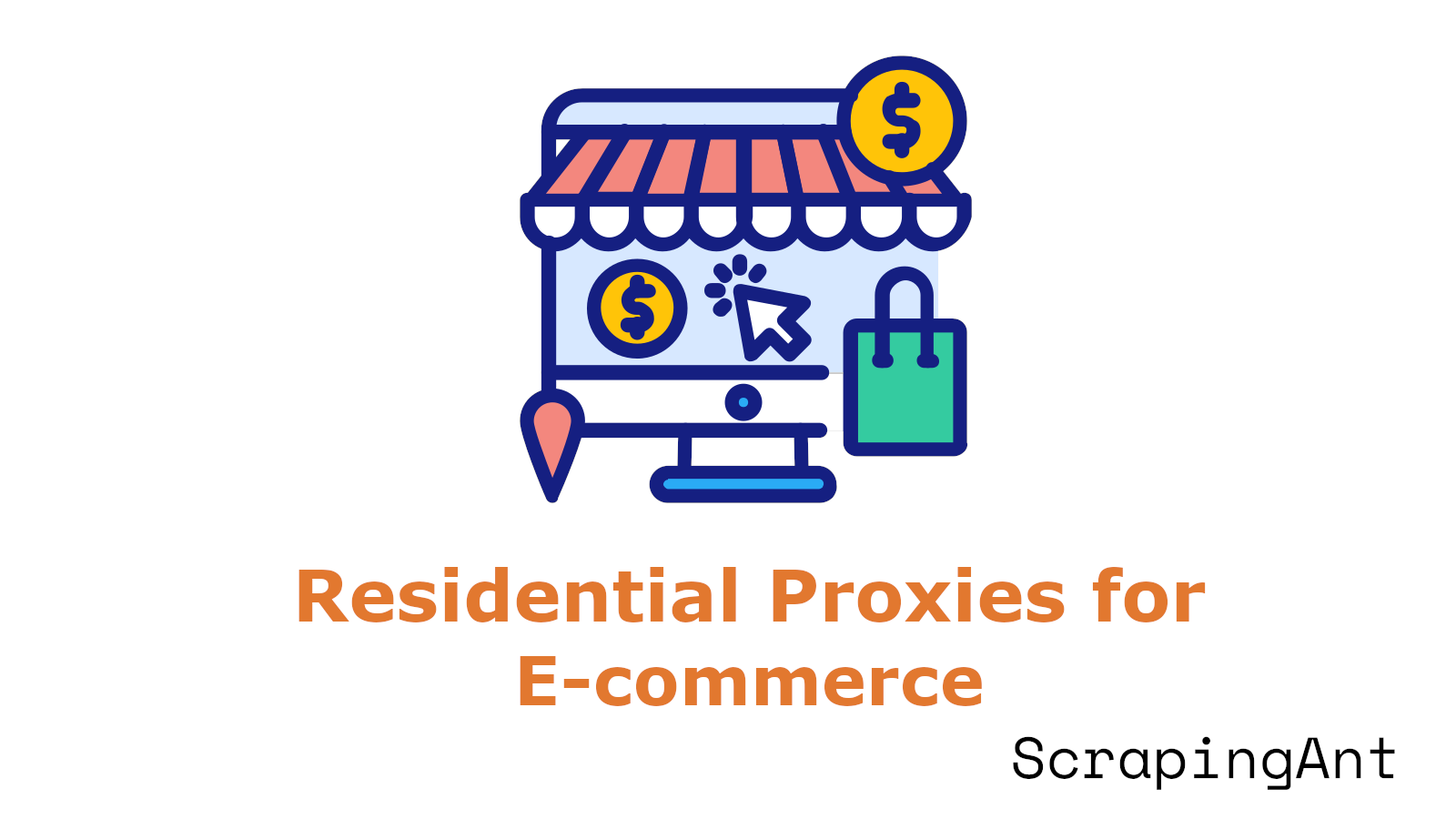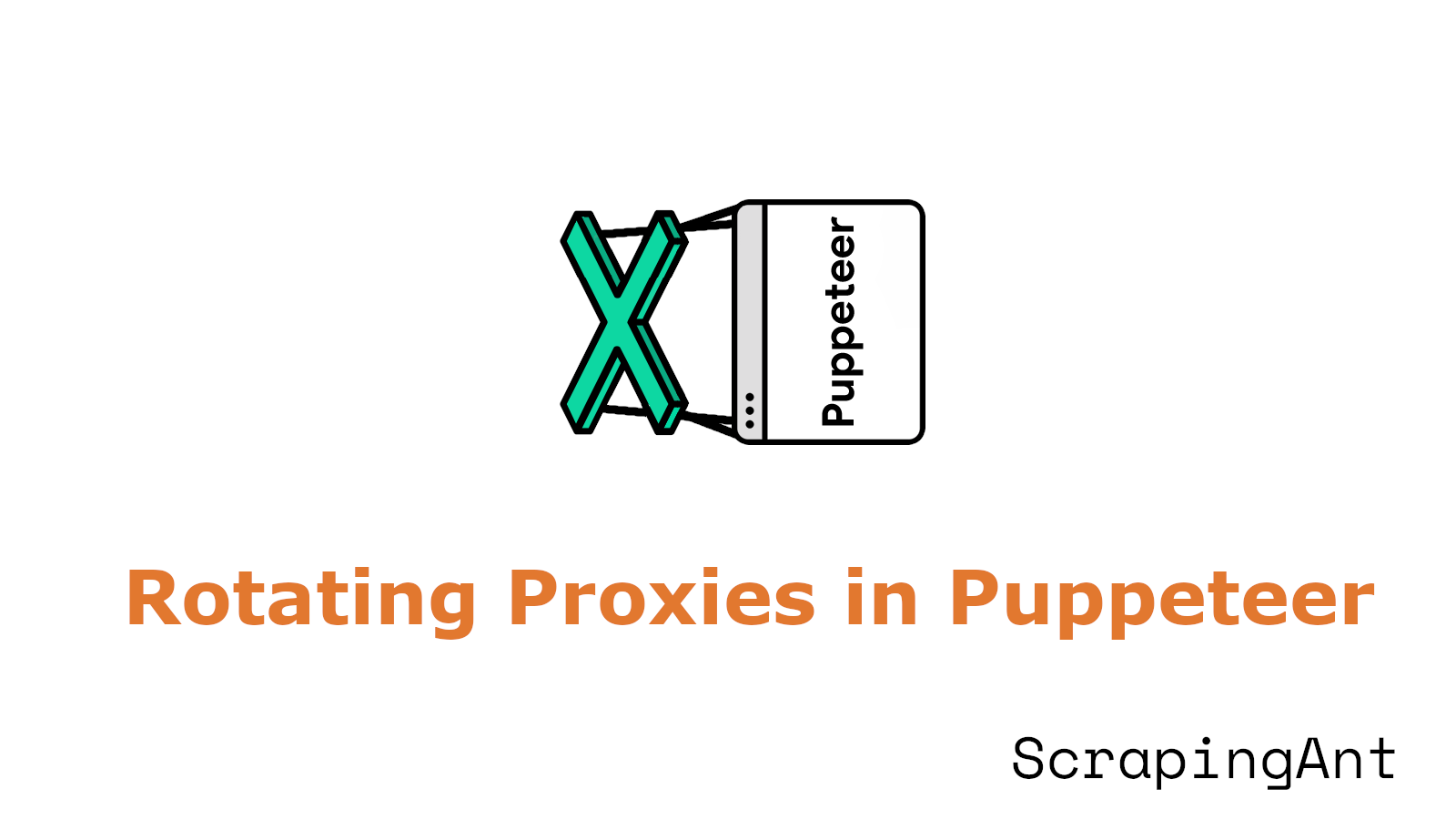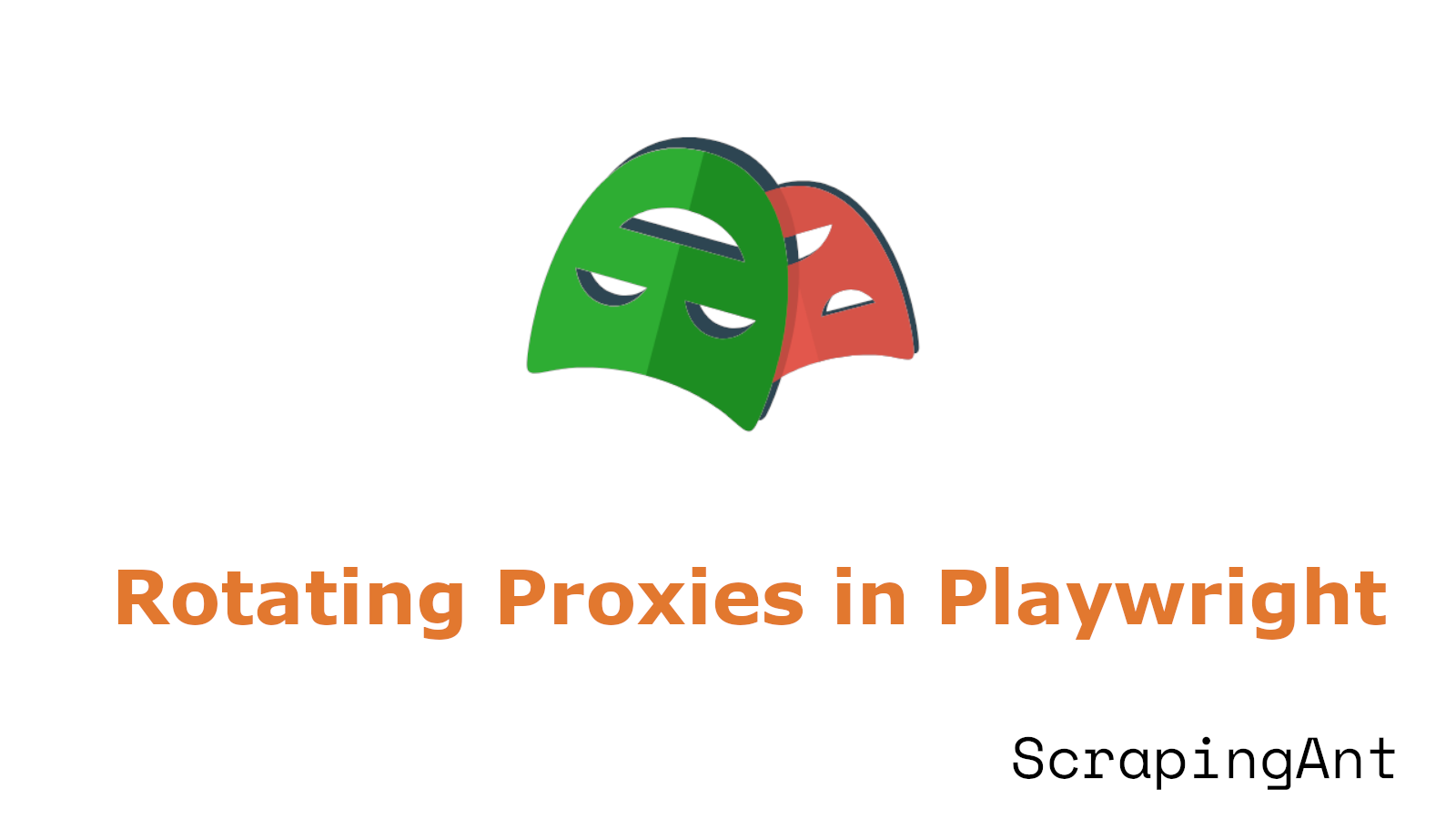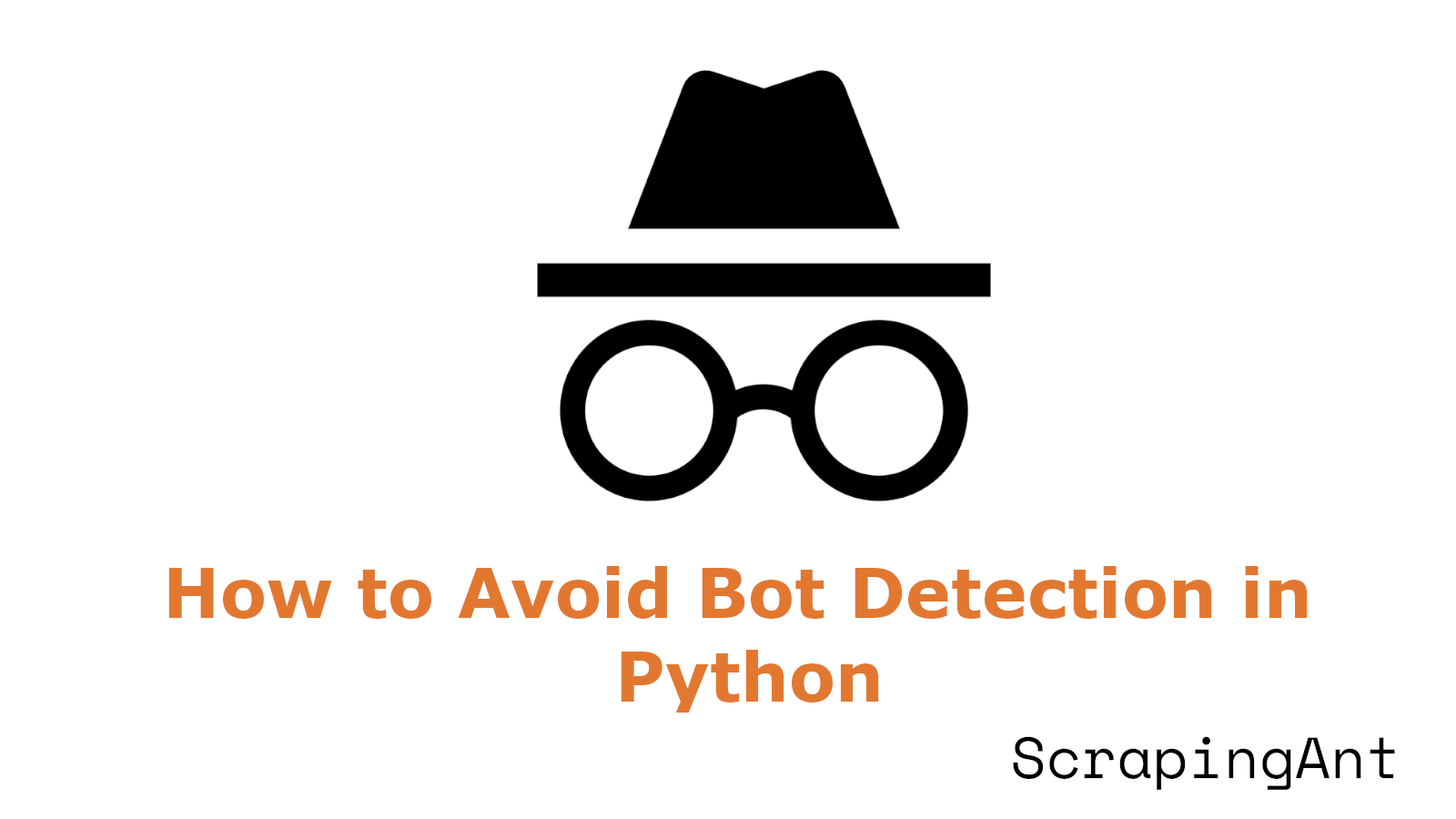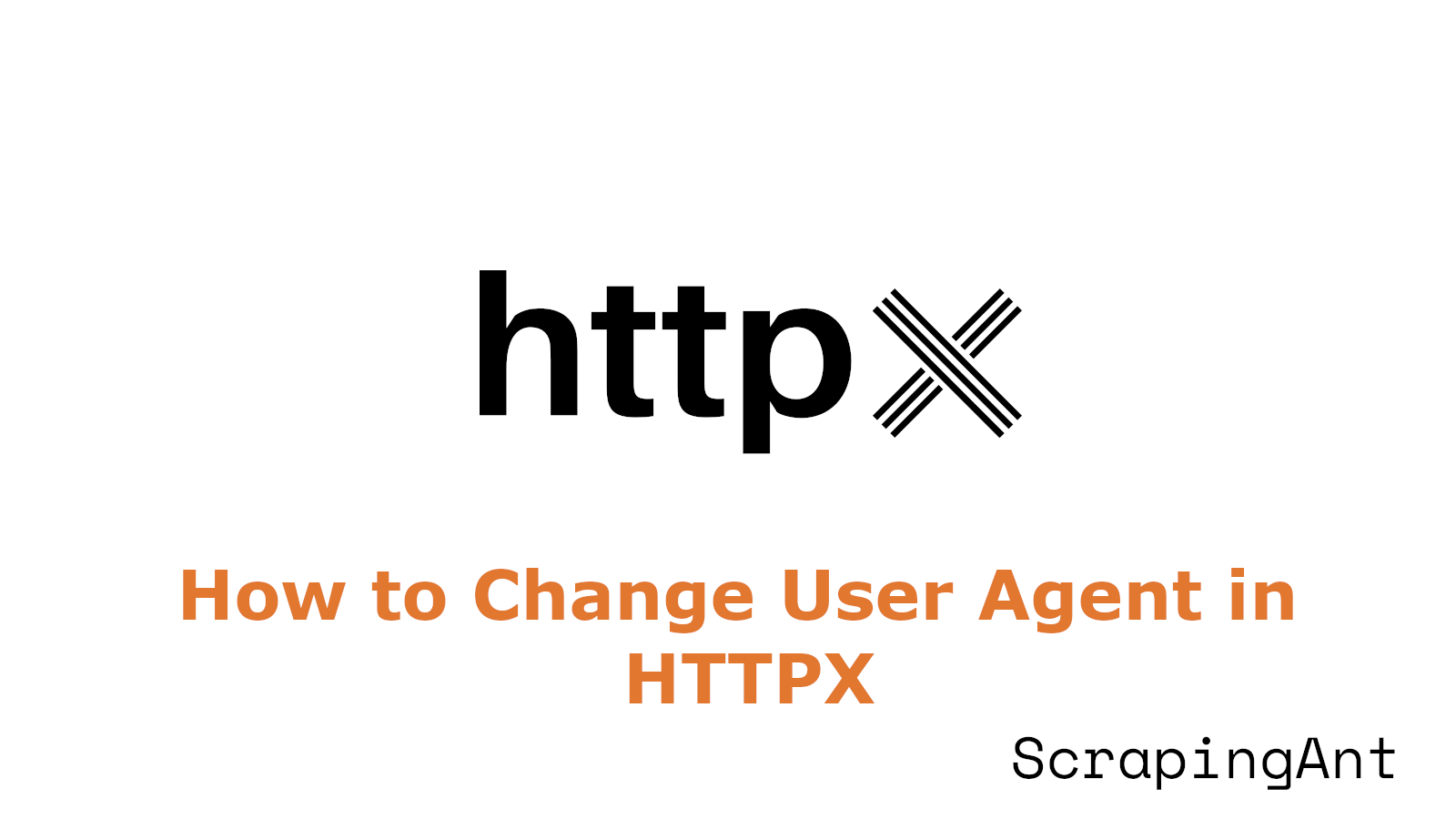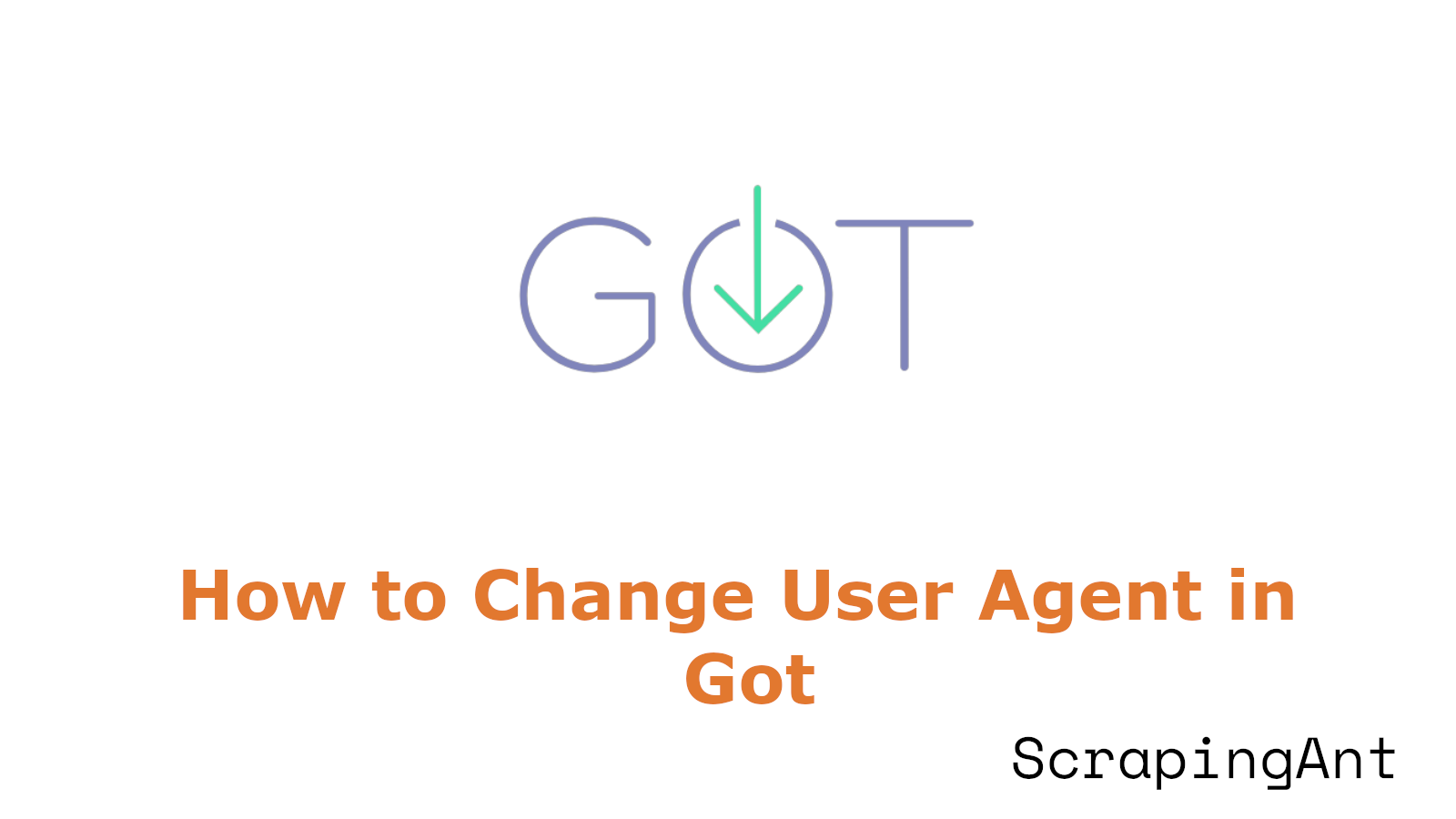
This comprehensive guide explores the implementation of Playwright with Java, offering developers and QA engineers a robust solution for web scraping, testing, and browser automation tasks. (playwright.dev/java/docs/intro)
Playwright for Java provides a high-level API that enables reliable end-to-end testing and web scraping across multiple browser engines. With support for Chromium, Firefox, and WebKit, it offers cross-browser compatibility while maintaining a single, coherent API. The framework's architecture is designed to handle modern web applications, including those with dynamic content, single-page applications (SPAs), and complex JavaScript interactions.
This guide will walk through the essential aspects of implementing Playwright with Java, from basic setup and configuration to advanced features like parallel testing and performance optimization. We'll explore practical code examples that demonstrate how to leverage Playwright's capabilities for efficient web automation, while adhering to best practices for web scraping and testing. Whether you're building a web scraping solution or implementing automated tests, this guide provides the foundation for successful browser automation with Playwright and Java.
